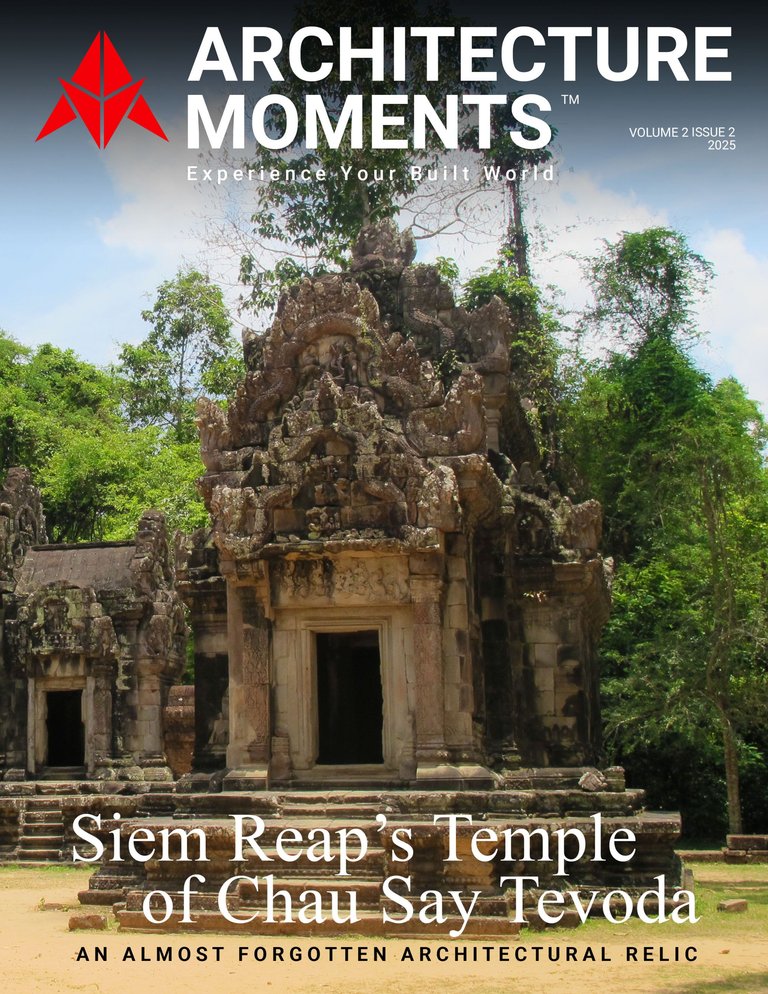
A major chunk of Siem Reap’s urban footprint consists of an ancient Cambodian civilization hosting globally acclaimed archaeological sites rich in architectural antiques. It’s also the famous home to the world’s largest religious monument of Angkor Wat. However, there are lesser known landmarks on this gigantic estate that equally deserve our attention. One of them is the Temple of Chau Say Tevoda.
An Unexpected Revelation
While cruising along the dusty roads of the prehistoric jungles of Siem Reap together with my trusty tour guide and his Tuk-Tuk, I suddenly caught something striking…
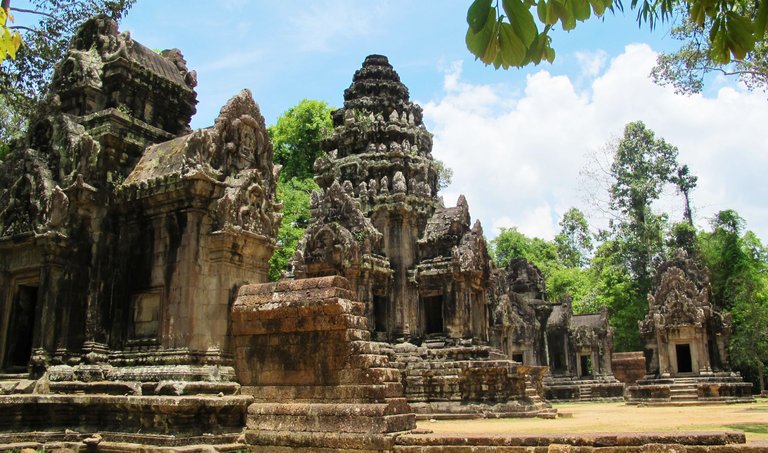
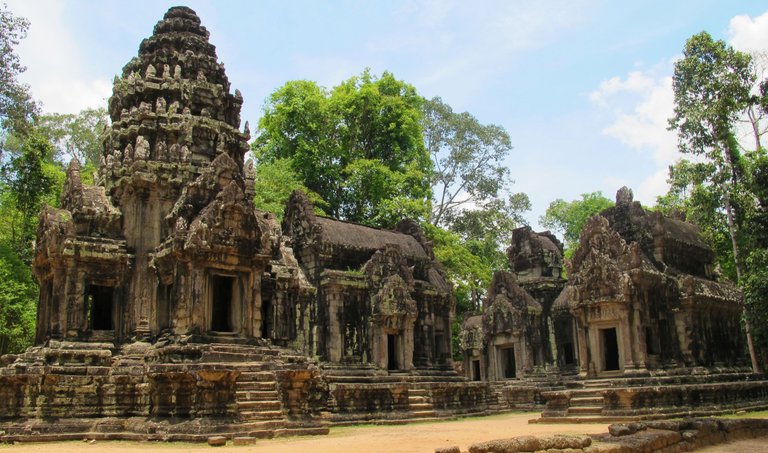
“Hey, what’s that small structure over there?” I asked my friendly driver.
“Oh, that one Sir? Hmm, that’s not part of our itinerary for today, but if you want to check it out, we still have time,” he replied while reducing the pace of his speeding vehicle.
“Yes, I want to experience it please! They look like tiny towers to me. And they’re probably temples too. Although they’re not as huge and tall as the other popular landmarks I’ve already visited like Angkor Wat, Ta Phrom, Preah Khan, and Bayon, I’m still curious to explore them. Can we stop here?”
“Okay Sir. I’ll wait for you here. Have fun!” My tour guide showed me his thumbs-up while parking his Tuk-Tuk nearby.
“Thanks pal, I’ll catch you later.”
More Than Meets the Eyes
Approaching the partially hidden site by foot, I soon realized that it had more ancient secrets to reveal. Assuming that only a couple of dilapidated artifacts existed at the roadside, I peeped further ahead and discovered that there were actually more interesting ruins to uncover. From my location, it looked like a miniscule complex of low buildings scattered around in clusters.
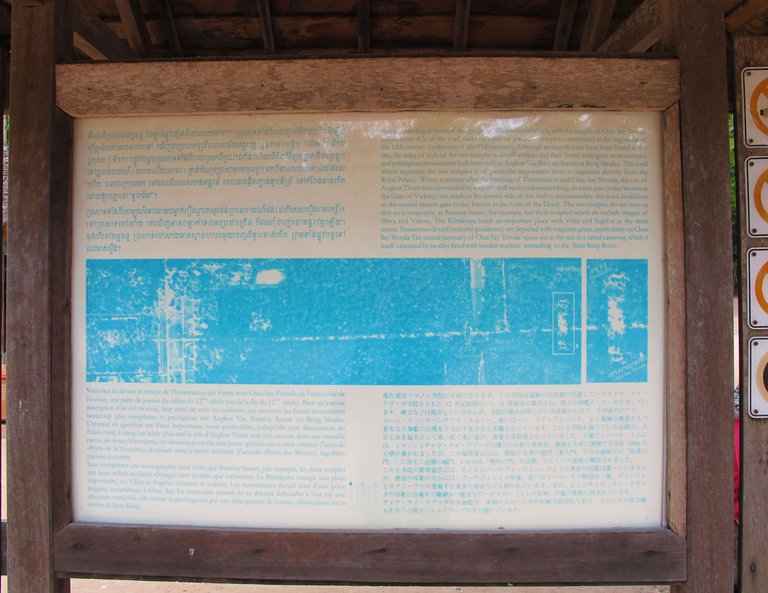
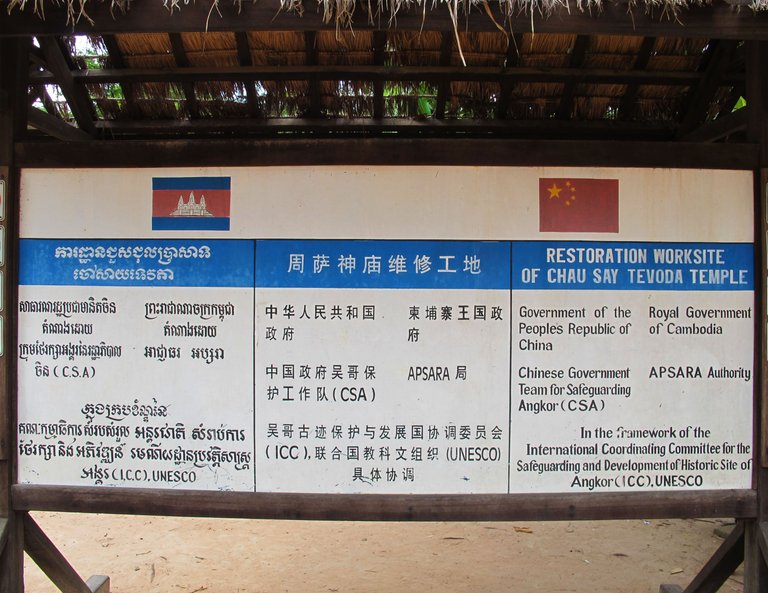
But important priorities first. The next move was to learn more about the holy place I’ll be probing. You wouldn’t want to be constantly scratching your head due to ignorance during the entire journey, would you? Fortunately, information boards were already planted there for visitors to be aware of its historical context.
According to their descriptive inscriptions, I was standing on the sacred grounds of the Chau Say Tevoda Temple. My initial guess proved to be true after all!
Moreover, those bulletin panels also narrated the origins of the temple’s construction dates - sometime during the early part of the 12th century or the culmination of the 11th century.
“Just imagine the staggering number of humans, animals, organic species (and most likely supernatural entities) that have left their marks here!” This sudden reflection caused a hair-raising sensation on my arms.
Although the name Chau Say Tevoda sounds to me like it was inspired by the Chinese language, I was told by a local friend that its Cambodian translation relatively means “Abundant descendants of a god”. Isn’t that interesting?
Furthermore, the displayed data also revealed that this temple complex was a joint restoration project through the courtesy of the governments of China and Cambodia. What a coincidence!
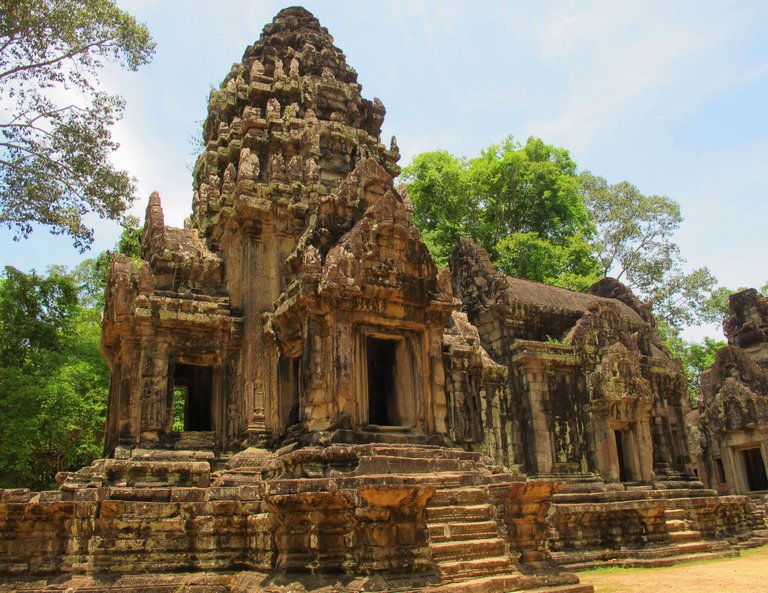
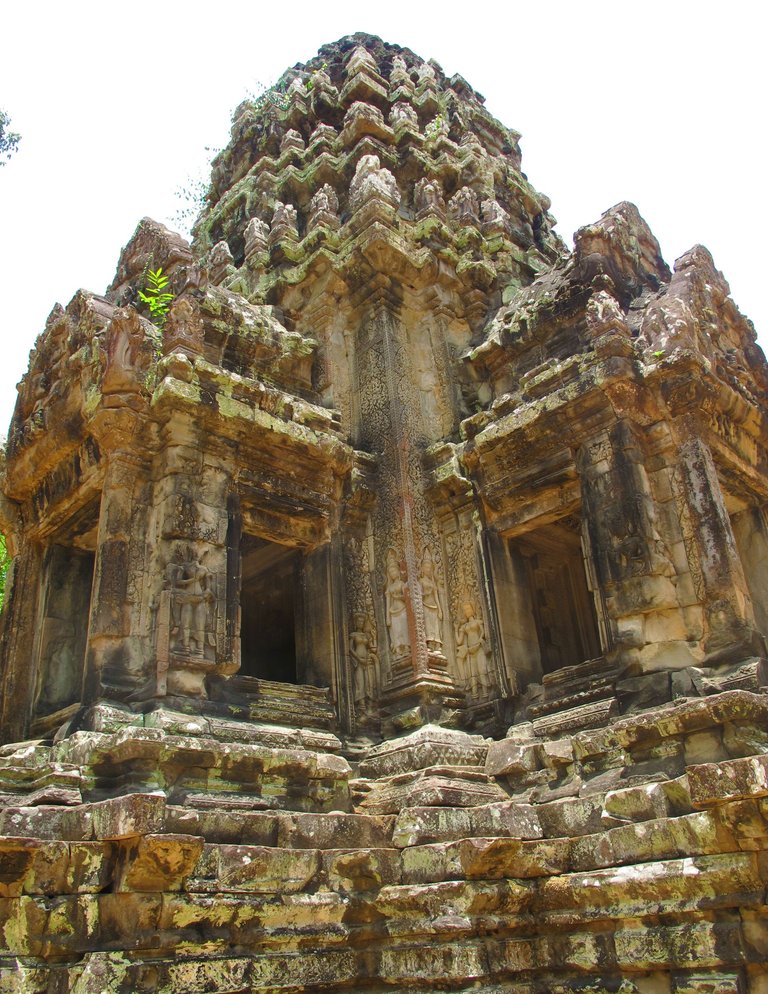
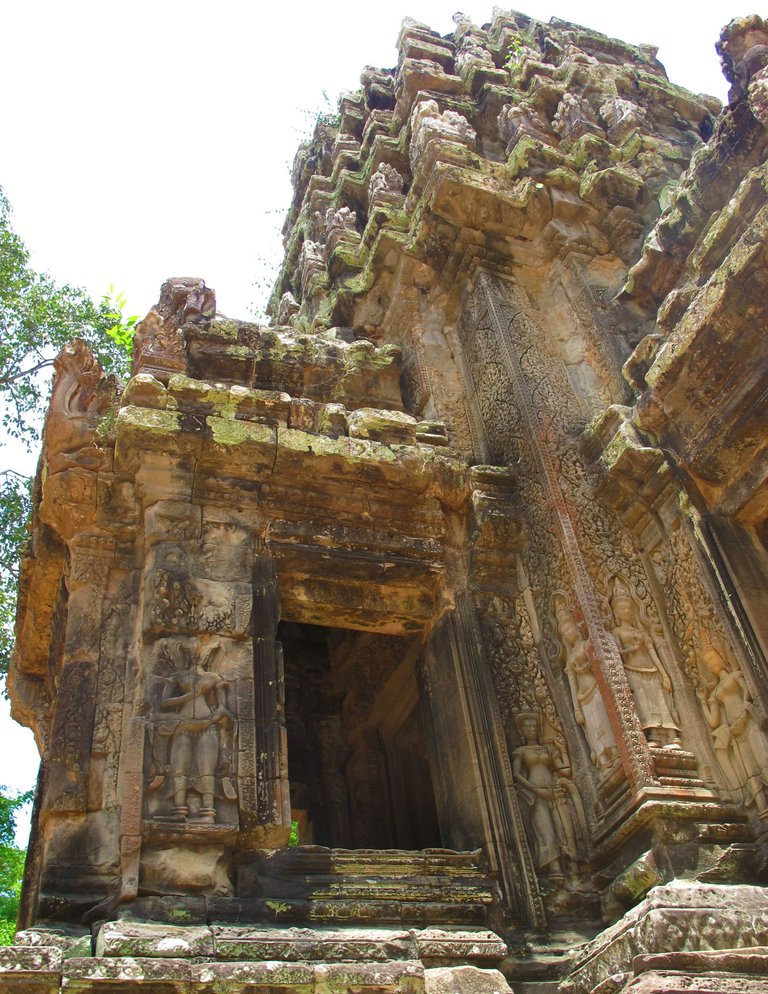
At first glance, these temple ruins also appeared like complicated Chinese or Japanese pagodas due to their distinctive shapes, yet on a much smaller scale. Cascading and pointed rooflines. Tapered towers. Pointed peaks. Ornamental details. Do you have similar observations?
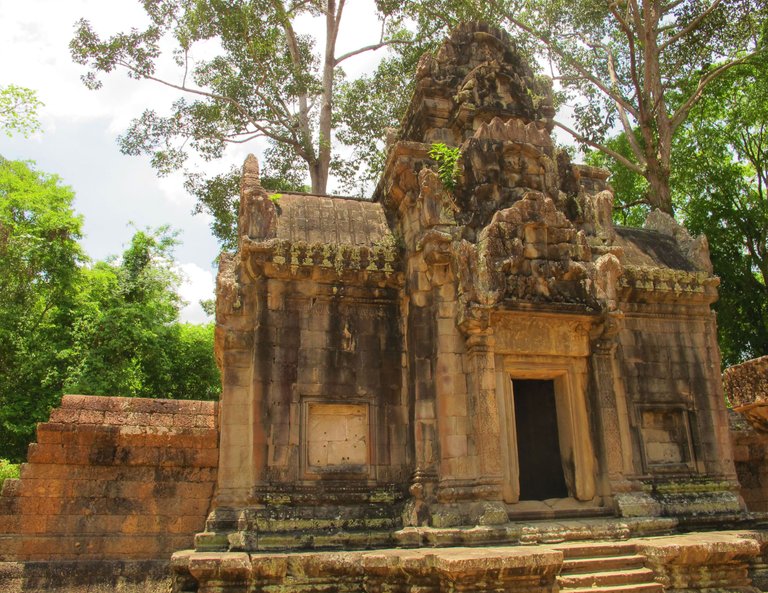
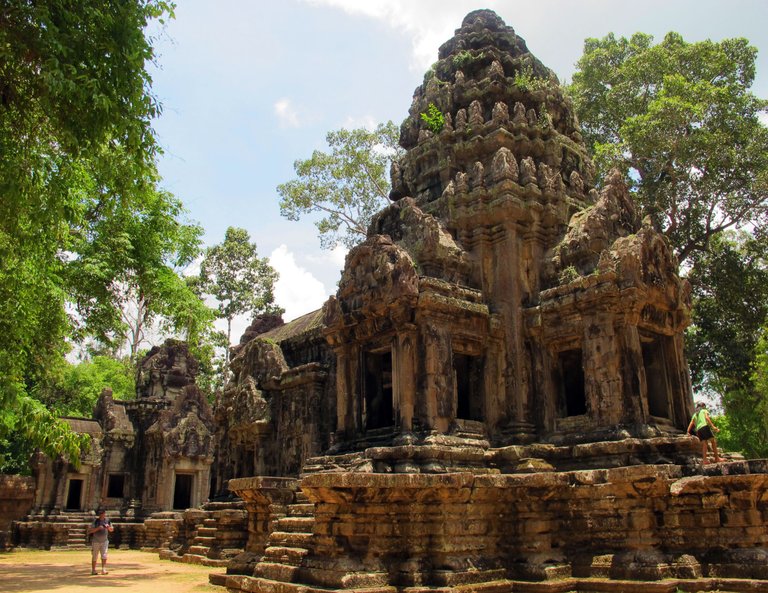
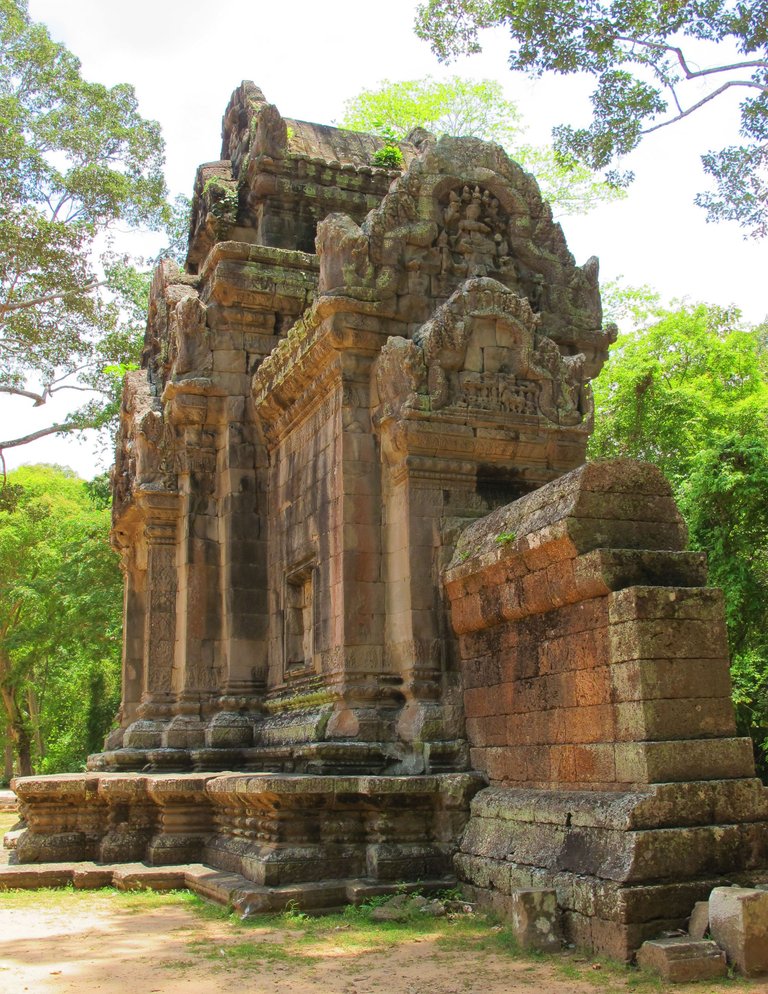
Instead of simple geometric forms, these low steeples, stepped podiums or pyramid-like platforms, and grounded bases were heavily decorated with elaborate sculptures and bas reliefs, some of which were already unrecognizable because of old age plus their naked exposure to the harsh elements.
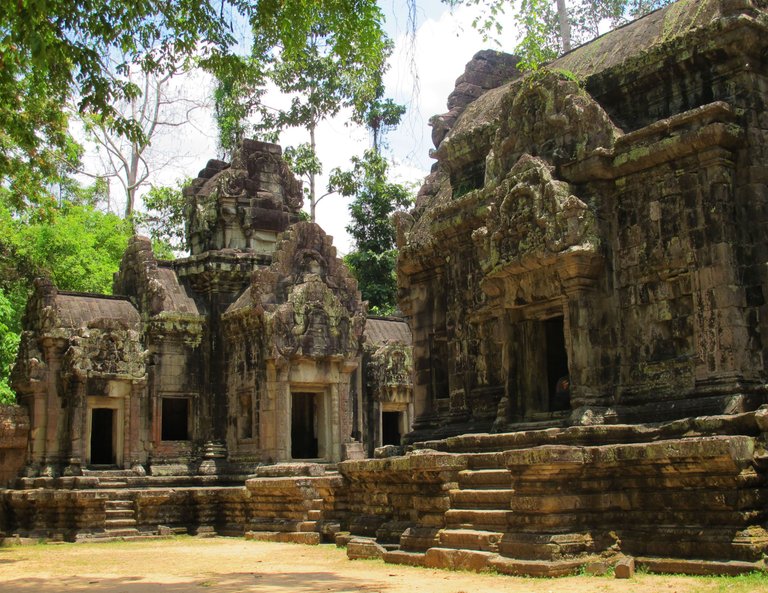
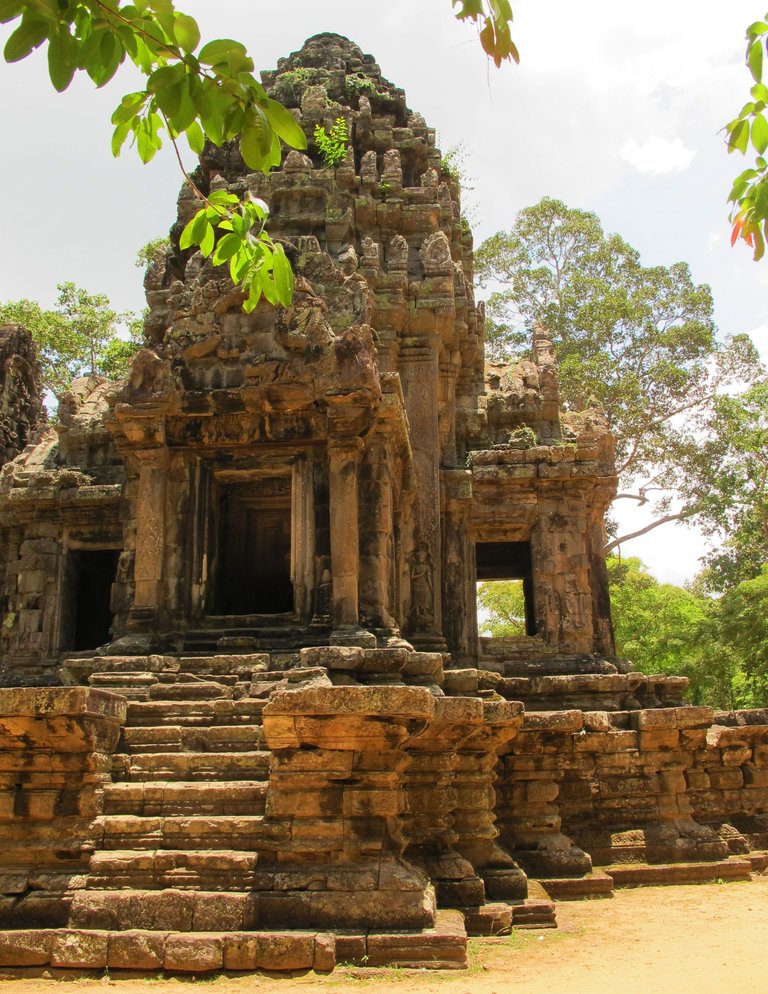
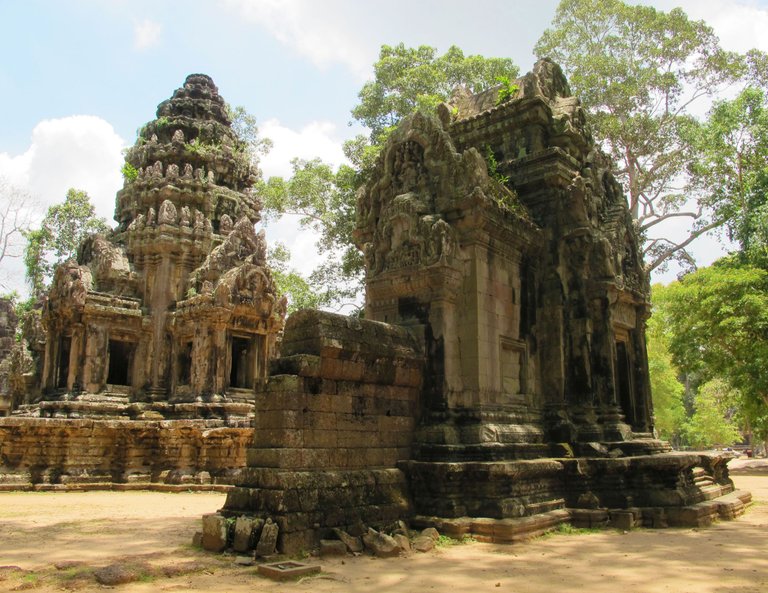
It was clearly obvious that the passage of time had taken its cruel toll on these spectacular treasures of architecture. I would have loved studying the stunning ornamentations on the various structures, most especially the eye-catching stone figurines, carvings, and symbolic objects that depicted interesting stories. Too bad most of them were already suffering a poor state of decomposition.
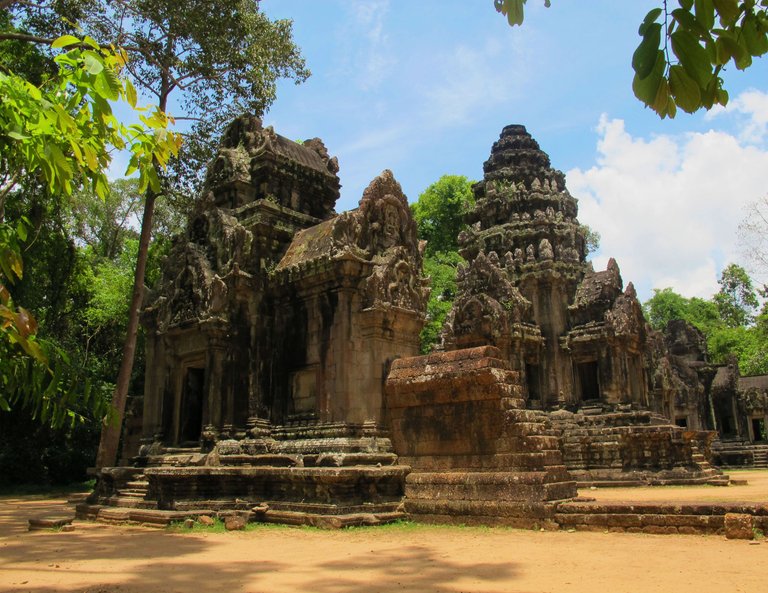
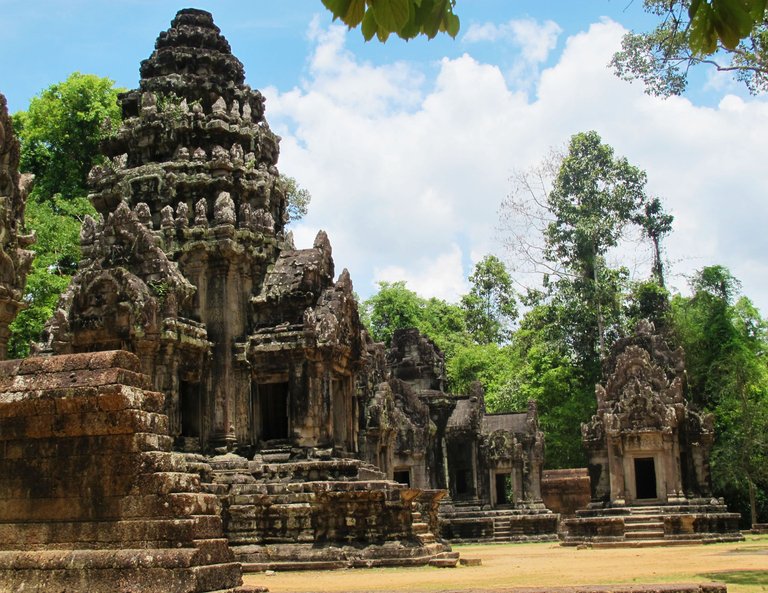
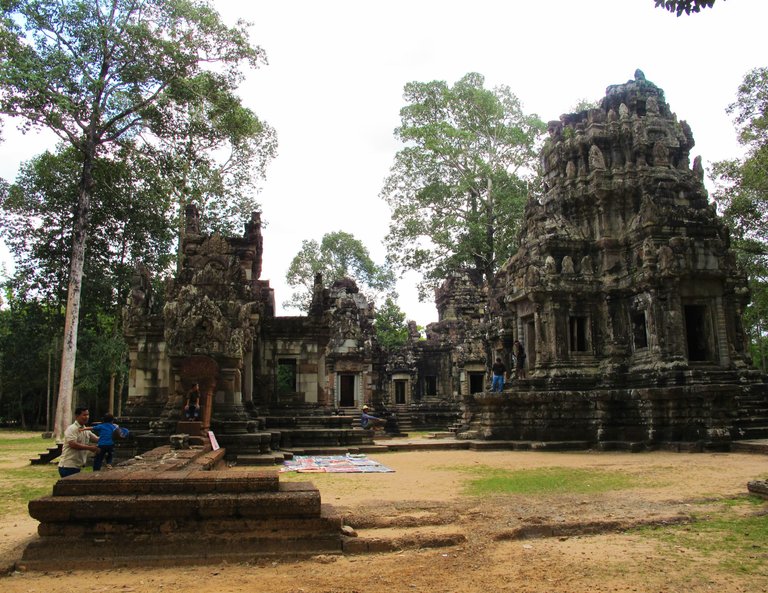
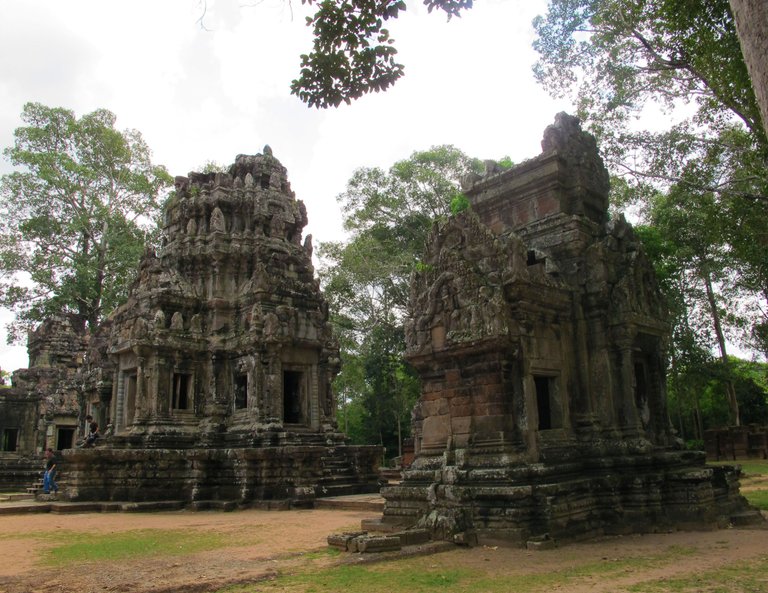
On the bright side however, I was truly delighted that ongoing repairs have saved them from complete destruction. In fact, most of these remarkable temples are still standing today - thanks to the relentless efforts of concerned citizens.
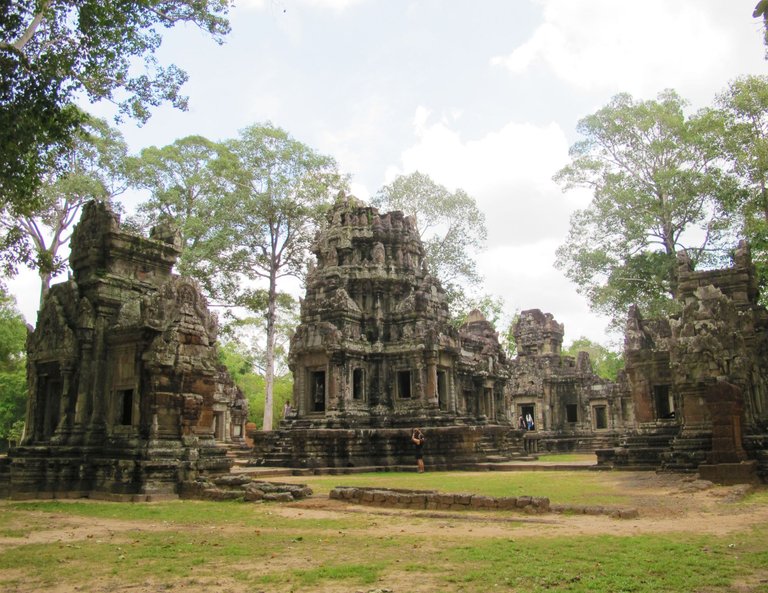
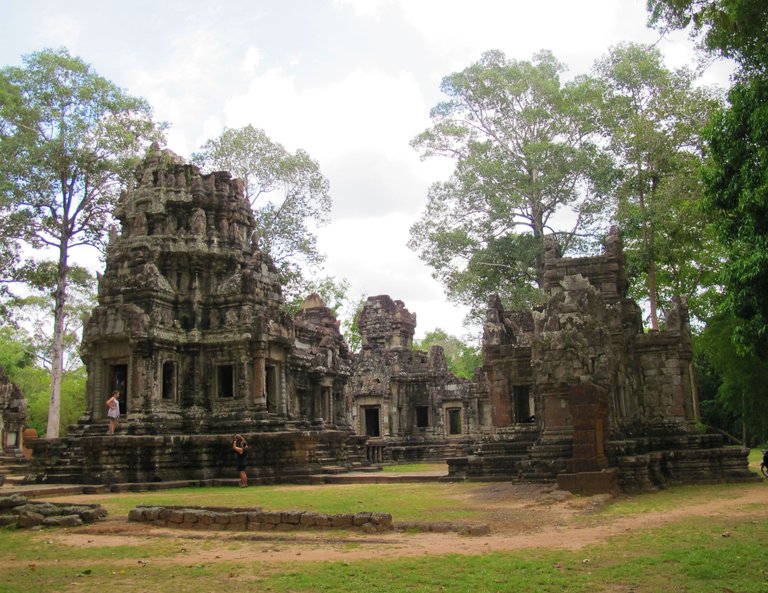
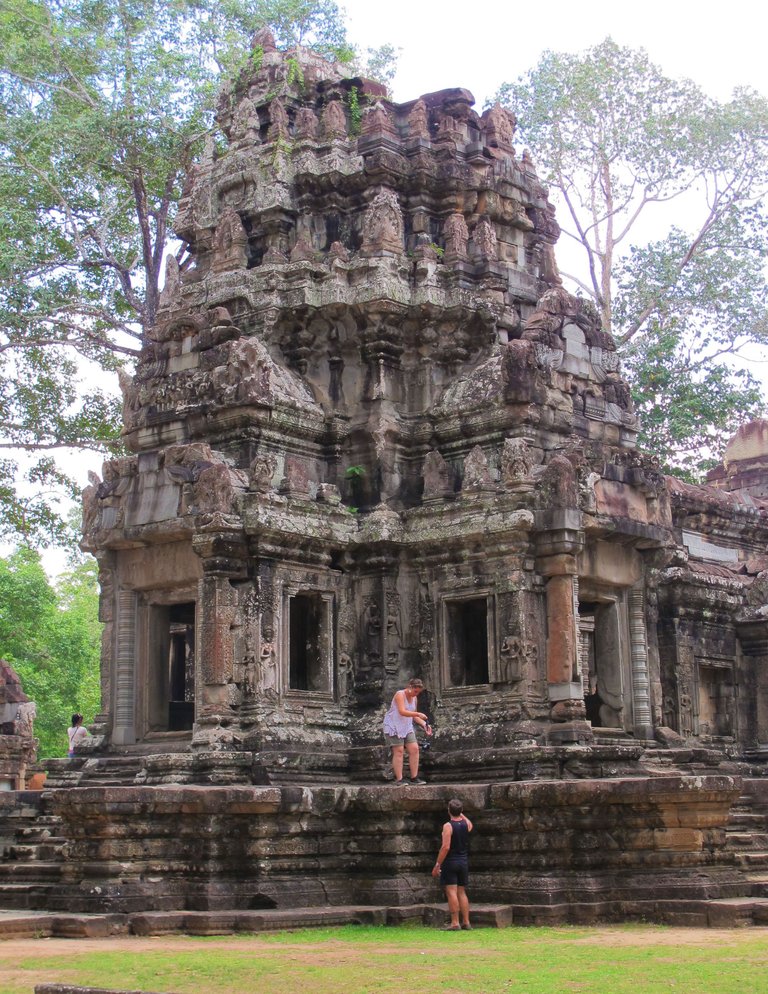
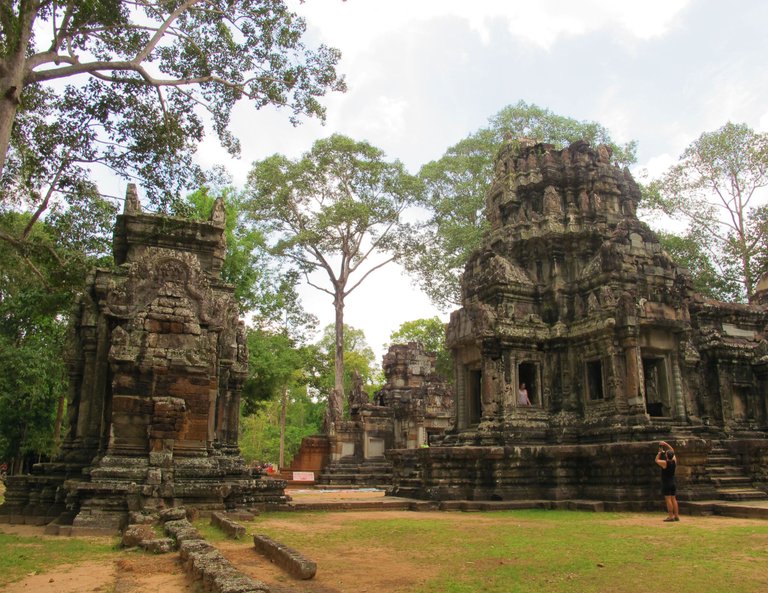
Despite being constructed with lower heights as opposed to their more popular counterparts, these temple ruins were still monumental in their physical dimensions. Just look at how tiny the people in the vicinity are in comparison to these ancient behemoths.
A Humble but Significant Legacy
A tremendous sense of satisfaction filled my heart for discovering the Chau Say Tevoda Temple, even though it happened by accident. If not for my curious appetite, wandering glances, and adventurous spirit, I would have intentionally bypassed this historical gem on my way to other bigger landmarks.
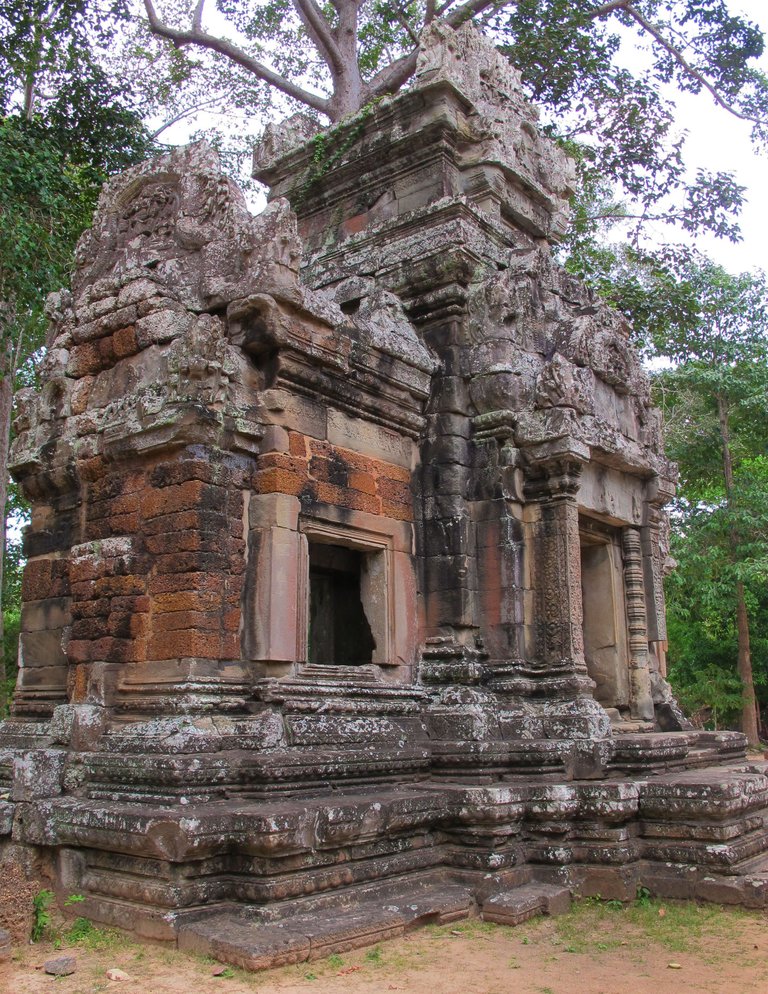
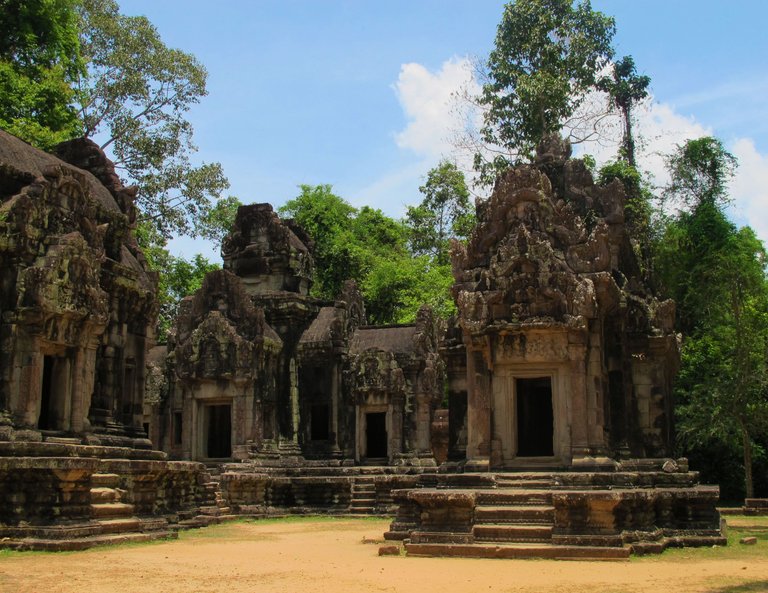
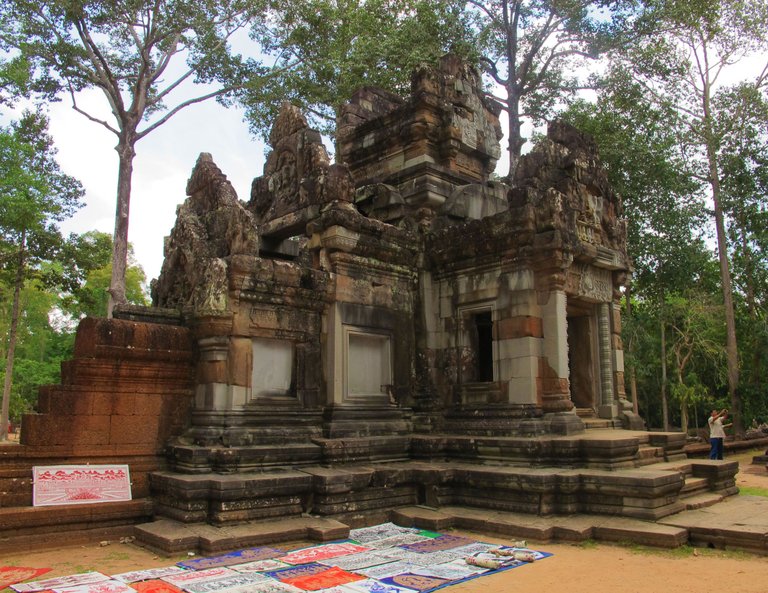
By the way, the Chau Say Tevoda Temple is incorporated within the Angkor Archaeological Park, officially recognized as a UNESCO World Heritage Site, If you’re planning to travel to Cambodia as a regular tourist or as an architectural explorer, Siem Reap is the recommended destination to be.
What are your personal impressions of our featured architecture?


You can check out this post and your own profile on the map. Be part of the Worldmappin Community and join our Discord Channel to get in touch with other travelers, ask questions or just be updated on our latest features.
Hello @worldmappin. Thanks for including my post on the map. Cheers! ☺️
Congratulations @archmoments! You have completed the following achievement on the Hive blockchain And have been rewarded with New badge(s)
Your next target is to reach 300 comments.
You can view your badges on your board and compare yourself to others in the Ranking
If you no longer want to receive notifications, reply to this comment with the word
STOPWonderful! Thanks @hivebuzz for this amazing update! ☺️
Congratulations, your post has been added to the TravelFeed Map! 🎉🥳🌴
Did you know you have your own profile map?
And every post has their own map too!
Want to have your post on the map too?
- Go to TravelFeed Map
- Click the create pin button
- Drag the marker to where your post should be. Zoom in if needed or use the search bar (top right).
- Copy and paste the generated code in your post (any Hive frontend)
- Or login with Hive Keychain or Hivesigner and click "create post" to post to Hive directly from TravelFeed
- Congrats, your post is now on the map!
PS: You can import your previous Pinmapple posts to the TravelFeed map.Opt Out
Greetings @travelfeed. Thanks for adding me to the map! ☺️
~~~ embed:1883566350117081206?t=sqXm5PQEp3dardoewHxFiw&s=19 twitter metadata:YXJjaG1vbWVudHNoaXZlfHxodHRwczovL3R3aXR0ZXIuY29tL2FyY2htb21lbnRzaGl2ZS9zdGF0dXMvMTg4MzU2NjM1MDExNzA4MTIwNnw= ~~~
Congratulations @archmoments! You received the biggest smile and some love from TravelFeed! Keep up the amazing blog. 😍 Your post was also chosen as top pick of the day and is now featured on the TravelFeed front page.
Thanks for using TravelFeed!
@for91days (TravelFeed team)
PS: Did you know that we have our own Hive frontend at TravelFeed.com? For your next travel post, log in to TravelFeed with Hive Keychain or Hivesigner and take advantage of our exclusive features for travel bloggers.
Much appreciated @for91days @travelfeed. Thank you for the acknowledgment! ☺️
Hi @archmoments, no wonder the temple has been declared a UNESCO heritage site, its design despite the many years it seems to be many years old, shows detailed work with beautiful decorations of human figures on the columns and on the sides of the doors, no doubt they did a great job. 😊
Have a great week!